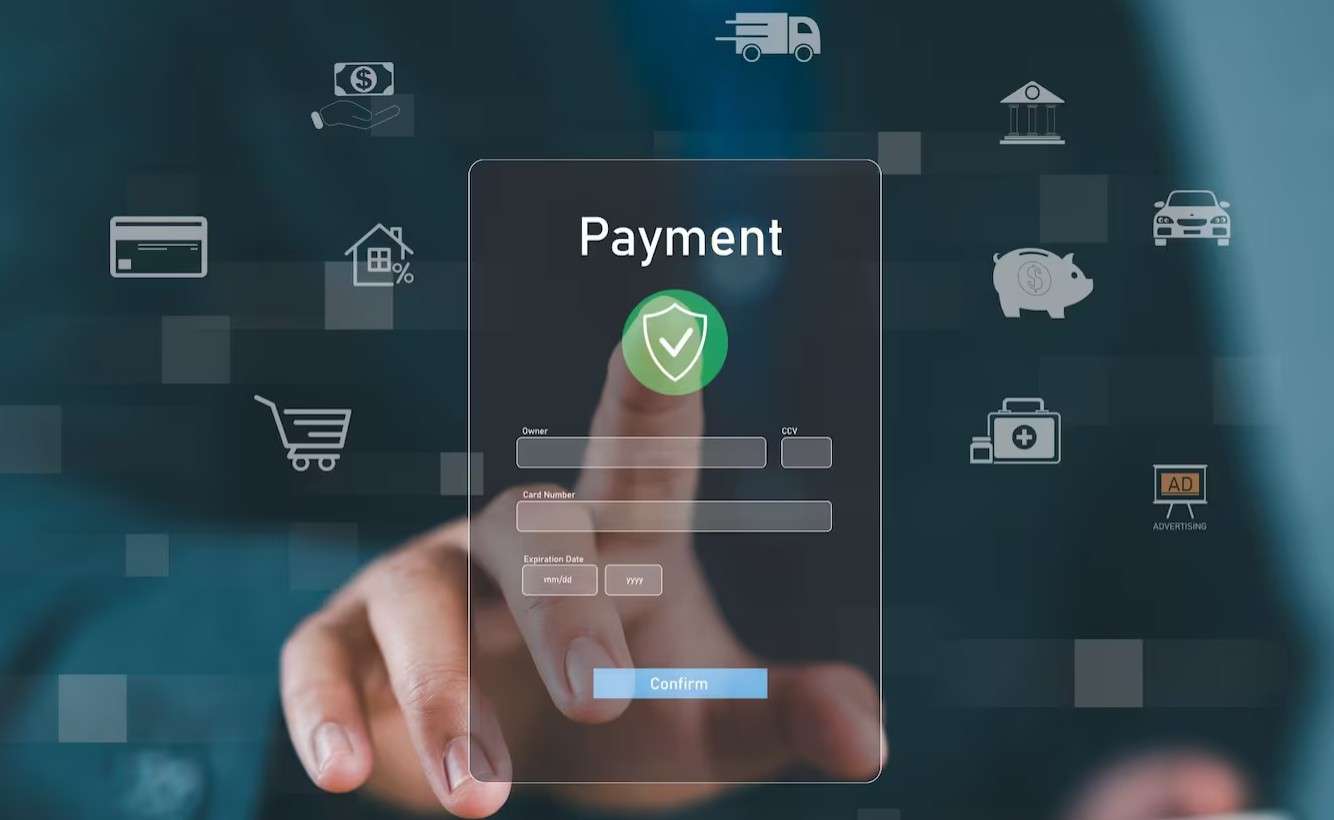The Future of Digital Payments: Emerging Trends and Innovations
The world of digital payments has transformed dramatically in the last decade, shifting from traditional banking to an increasingly digital landscape. This evolution has reshaped consumer expectations, business operations, and global economies. As we look toward the future, digital payments are poised to become even more advanced, secure, and user-friendly. In this article, we’ll explore what lies ahead for digital payments, covering anticipated trends, technologies, and the role of financial inclusion.
Table of Contents
- Introduction to Digital Payments
- The Rise of Digital Wallets
- Cryptocurrencies and Blockchain: The Game-Changers
- Artificial Intelligence (AI) in Digital Payments
- Enhanced Security Measures and Biometric Authentication
- The Role of Financial Inclusion in Digital Payments
- The Influence of Regulations on the Future of Digital Payments
- FAQs About the Future of Digital Payments
- Conclusion
Introduction to Digital Payments
Digital payments have come a long way since the introduction of credit and debit cards. Today, they encompass mobile payments, cryptocurrencies, biometric payments, and more. The growing preference for cashless transactions is fueled by their convenience, speed, and integration with other technologies. But where are we headed next?
As emerging technologies like blockchain, artificial intelligence, and the Internet of Things (IoT) continue to advance, digital payments are likely to see unprecedented innovations. Businesses, banks, and consumers are set to benefit from these changes, though they’ll also face new challenges.
The Rise of Digital Wallets
Digital Wallets Are Becoming the Norm
Digital wallets, such as Apple Pay, Google Pay, and Samsung Pay, have changed how we transact by storing payment information securely on mobile devices. Consumers can make purchases with just a tap, eliminating the need for cash or physical cards. This technology is expected to grow even more prominent, with digital wallets becoming integrated into everyday transactions, including e-commerce, peer-to-peer payments, and even in-store purchases.
Key Features of Future Digital Wallets
Digital wallets are expected to incorporate even more functionality in the coming years, including:
- Integrated Loyalty Programs: Users will be able to earn rewards automatically with each purchase.
- Cryptocurrency Support: Many wallets are already beginning to support cryptocurrency transactions, and this trend is likely to continue.
- Increased Security: Advanced encryption and biometric authentication will make digital wallets even more secure.
Cryptocurrencies and Blockchain: The Game-Changers
How Cryptocurrencies Are Changing Digital Payments
Cryptocurrencies, like Bitcoin, Ethereum, and Ripple, have introduced a new payment model, decentralized and outside traditional financial systems. They offer the promise of lower transaction fees, faster payments, and increased transparency. As more retailers and consumers become comfortable with cryptocurrency, its adoption in digital payments could rise significantly.
Blockchain: Securing and Streamlining Transactions
Blockchain technology, the foundation of cryptocurrencies, is also revolutionizing digital payments. By creating a decentralized and immutable ledger, blockchain ensures greater transparency, security, and efficiency in payment processing. In the future, blockchain could:
- Reduce Fraud: Transactions on a blockchain are difficult to alter, reducing the potential for fraud.
- Lower Transaction Fees: By cutting out intermediaries, blockchain can lower fees.
- Speed Up International Payments: Cross-border transactions can be completed in seconds or minutes, instead of days.
Artificial Intelligence (AI) in Digital Payments
AI-Powered Payment Solutions
Artificial Intelligence (AI) is playing an increasing role in digital payments. AI algorithms can analyze transaction data in real time, helping to detect fraudulent activities and predict consumer spending patterns. In the future, AI is expected to provide:
- Real-Time Fraud Detection: Advanced AI models can identify unusual activity as it happens, adding a new layer of security.
- Personalized Customer Experiences: AI can analyze user behavior to provide tailored offers, loyalty programs, and spending insights.
- Automated Customer Support: AI-driven chatbots will handle a majority of payment-related queries, improving customer service.
AI’s Role in Fraud Prevention
With the rise in digital transactions, fraud prevention is becoming more critical. AI has the ability to identify suspicious transactions more effectively than traditional systems. By learning from past transactions, AI systems can make payment processes safer, enhancing user confidence in digital payment methods.
Enhanced Security Measures and Biometric Authentication
Biometric Authentication in Payments
Security remains a top priority for digital payments, especially as cyber threats evolve. Biometric authentication, including fingerprints, facial recognition, and even retina scanning, is set to play a significant role in safeguarding digital payments.
Future advancements in biometric technology will help enhance security by providing a highly personalized form of user verification. This shift from traditional passwords and PINs to biometric authentication will significantly reduce the risk of unauthorized transactions.
Multi-Factor Authentication (MFA)
In addition to biometrics, multi-factor authentication (MFA) will continue to be crucial in digital payments. By requiring multiple forms of identification, MFA reduces the likelihood of fraud and data breaches. Combined with encryption and tokenization, MFA will make digital payments safer than ever.
The Role of Financial Inclusion in Digital Payments
Expanding Access to Financial Services
Digital payments have the potential to foster financial inclusion by providing access to banking services for underbanked populations. With mobile banking and e-wallets, individuals without traditional bank accounts can participate in the digital economy, reducing financial disparities.
Digital Payments in Developing Markets
In emerging markets, mobile payments and digital wallets are gaining traction due to their accessibility. For example:
- In Africa, mobile payment platforms like M-Pesa enable users to transfer money, pay bills, and access financial services without a bank account.
- In India, the government’s push for digital payments has spurred the growth of platforms like Paytm and Google Pay.
By offering secure, affordable payment methods, digital payments can empower underserved communities, promoting economic growth and reducing poverty.
The Influence of Regulations on the Future of Digital Payments
Regulatory Challenges and Opportunities
As digital payments grow, governments and regulatory bodies are introducing guidelines to ensure security and fairness. For instance, the European Union’s General Data Protection Regulation (GDPR) mandates that companies protect user data, affecting how digital payment providers handle sensitive information.
Balancing Innovation and Security
Regulations are essential for user protection, but they must balance security with innovation. Over-regulation can stifle technological advancements, while under-regulation could leave consumers vulnerable to risks. As governments navigate these challenges, the future of digital payments will rely heavily on maintaining this delicate balance.
FAQs About the Future of Digital Payments
1. What are digital payments?
Digital payments involve the use of digital platforms to transfer money electronically. These methods include mobile payments, online transfers, cryptocurrency transactions, and digital wallets.
2. How safe are digital payments?
Digital payments are generally safe, thanks to encryption, authentication methods, and security protocols. Technologies like blockchain and biometric authentication add additional layers of security.
3. Will cryptocurrencies replace traditional payments?
Cryptocurrencies are gaining popularity, but traditional payment methods will likely coexist with them. Cryptocurrencies may become a mainstream option, but their future largely depends on regulatory support and consumer acceptance.
4. What role does AI play in digital payments?
AI improves digital payments by enhancing fraud detection, personalizing customer experiences, and automating customer support. Its real-time analysis capabilities make transactions more secure and efficient.
5. How are digital payments helping financial inclusion?
Digital payments make financial services accessible to underserved populations, especially in remote or low-income regions. Mobile wallets and digital banking enable individuals without traditional bank accounts to access the digital economy.
Conclusion
The future of digital payments promises to be dynamic, secure, and more inclusive than ever before. Emerging technologies like AI, blockchain, and biometrics are set to revolutionize how we pay, offering safer, faster, and more personalized experiences. Financial inclusion efforts will continue to empower underserved communities, transforming global economies. While challenges remain, such as regulatory hurdles and security concerns, the benefits of digital payments are immense and far-reaching.
In this era of rapid technological advancement, digital payments are not just a trend—they are shaping the future of global finance.
Also read this: https://skipperpk.com/2024/10/14/argentinas-economic-outlook-challenges-and-hopes-under-javier-milei/














Post Comment